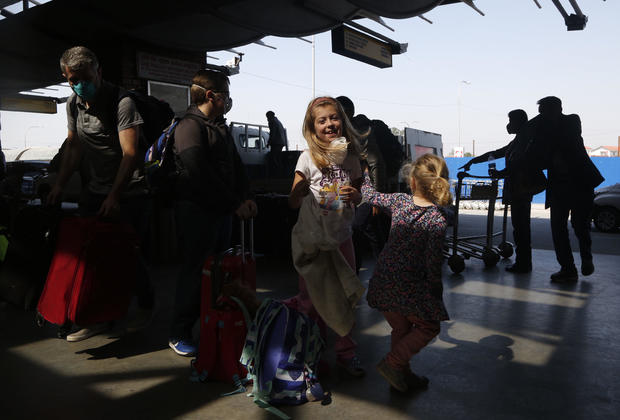
The World Health Organization on March 11 declared the coronavirus a pandemic. Within a week, the Centers for Disease Control and Prevention recommended that Americans keep a 14 day supply of food and other essentials. Alarmed consumers rushed to supermarkets hoarding groceries and cleaning products, leaving some stores trying to keep up with the surge in demand. For the week ending March 21, sales of fresh meat increased by 100%, canned tuna by more than 200% and dried beans by nearly 400% compared with a year earlier.
“We’re seeing some shifts in patterns and we’re seeing some panic buying,” Karan Girotra, a professor of operations, technology and management at Cornell University, told CNBC. “Overall, we’re not running out of food, so there’s no reason to panic.”
On March 15, President Donald Trump held a call with grocery, retail and food industry leaders to discuss the strained supply chain. “He wanted to hear from retailers and product manufacturers and understand what it is that they’re going through and what things they need help with,” said Doug Baker of the Food Industry Association. “What manufacturers are doing, working with their retail partners is they’re looking for ways to create efficiencies within that supply chain.”
Some of the measures the industry is taking to speed things up include allocations throughout the supply chain. Some grocers are restricting consumers to a limited number of items such as beef and chicken. Also, some slower-moving products are put on hold until demand subsides.
The U.S. is not going to run out of food, experts say. The country has a food waste problem rather than a shortage. According to the USDA, 30% to 40% of food in America is wasted annually. But while the supply chain adjusts, there are some real concerns. For example, trade and travel restrictions could make imports difficult. Labor disruptions is another one. Some employees at Amazon, Kroger and Walmart have tested positive for COVID-19. U.S. farmers have also raised concerns over labor shortages.
However, globally, there are serious concerns over food security, especially in vulnerable countries already grappling with a shortage of food. The U.N. Food and Agriculture Organization said in a recent statement: “If COVID-19 cases, already present in more than 100 countries, proliferate in the 44 countries that need external food assistance, or in the 53 countries home to 113 million people experiencing acute hunger, many of whose public health systems may face capacity constraints, the consequences could be drastic.”
Watch the video above to learn more about the coronavirus’ impact on the American food supply chain.

